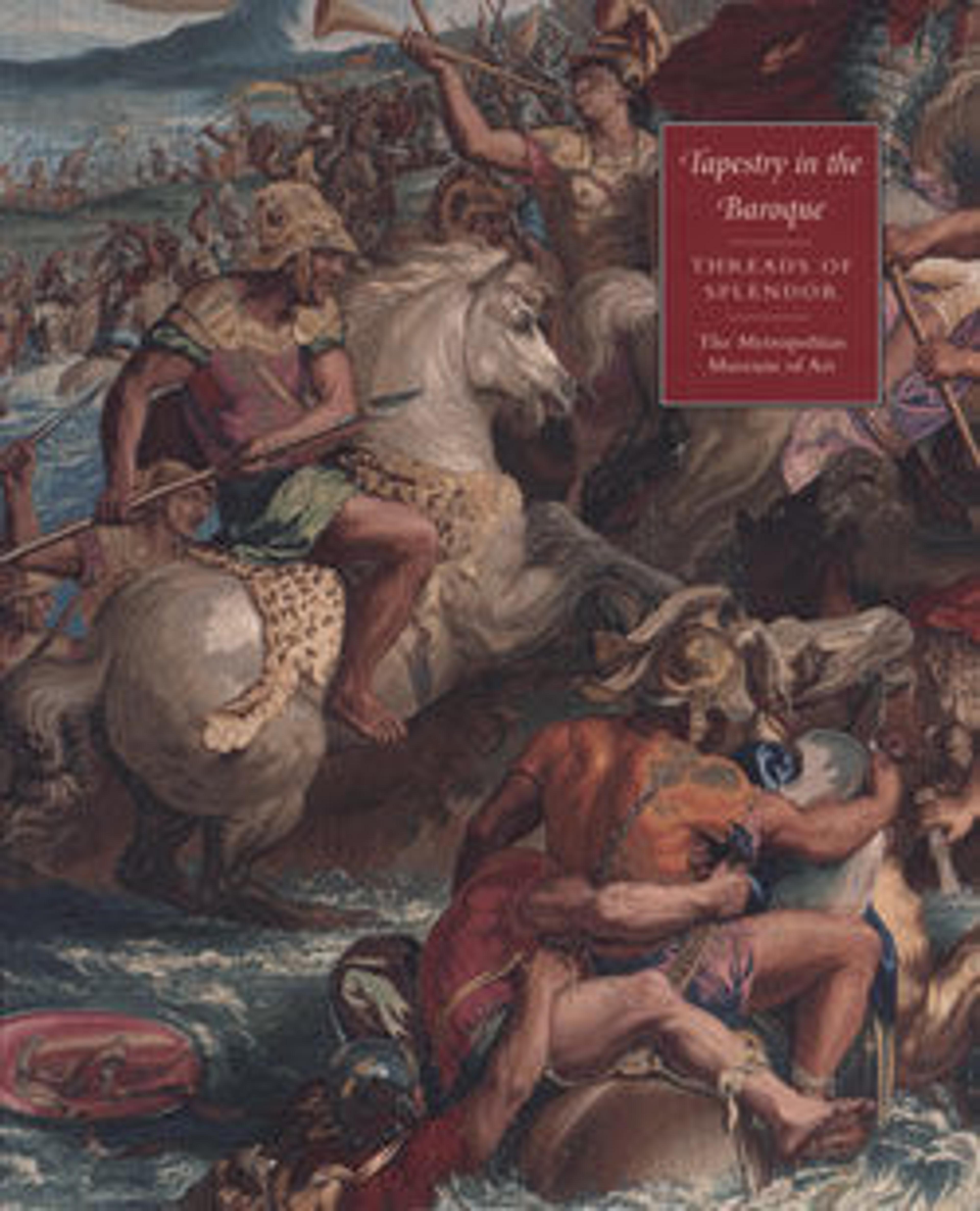The Destruction of the Children of Niobe from a set of "The Horses"
Image overtakes narrative in this tapestry, which depicts a story about mortals punished for defying the gods; mythology, however, is just a pretext for the dramatically careening horses. In 1619, an entrepreneurial courtier of King James I used royal backing to establish the Mortlake Tapestry Manufactory- where this tapestry was probably made- luring talented refugee weavers from Flanders. This large-scale and ambitious endeavor predated by decades the comparable French royal initiative, Louis XIV's Manufacture Royale des Gobelins. In 1625, under King Charles I, the German, Frans Cleyn was appointed Mortlake's principal designer, creating- amongst others- cartoons for the series of which this tapestry and another in The Met collection (37.85) is part. Called "The Horses", it was woven many times between the mid-1630s and the late seventeenth century, when this tapestry was woven and acquired by the Earl of Peterborough, who customized it with the added inclusion of his coat of arms. By then, Mortlake production was considered by many to be stodgy and dated compared to the brighter, edgier designs coming out of competing workshops in London.
Artwork Details
- Title:The Destruction of the Children of Niobe from a set of "The Horses"
- Designer:Frans Cleyn (German, Rostock 1582–1658 London)
- Manufactory:Probably made at Mortlake Tapestry Manufactory (British, 1619–1703)
- Patron:Henry Mordaunt (Drayton House, Northamptonshire, 1623–1697)
- Date:ca. 1650–70
- Culture:British, probably Mortlake
- Medium:Wool, silk (16-19 warps per inch, 6-7 per cm.)
- Dimensions:Overall: 152 × 232 (386.1 × 589.3 cm)
- Classification:Textiles-Tapestries
- Credit Line:Gift of Christian A. Zabriskie, 1936
- Object Number:36.149.1
- Curatorial Department: European Sculpture and Decorative Arts
More Artwork
Research Resources
The Met provides unparalleled resources for research and welcomes an international community of students and scholars. The Met's Open Access API is where creators and researchers can connect to the The Met collection. Open Access data and public domain images are available for unrestricted commercial and noncommercial use without permission or fee.
To request images under copyright and other restrictions, please use this Image Request form.
Feedback
We continue to research and examine historical and cultural context for objects in The Met collection. If you have comments or questions about this object record, please contact us using the form below. The Museum looks forward to receiving your comments.
